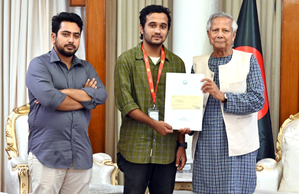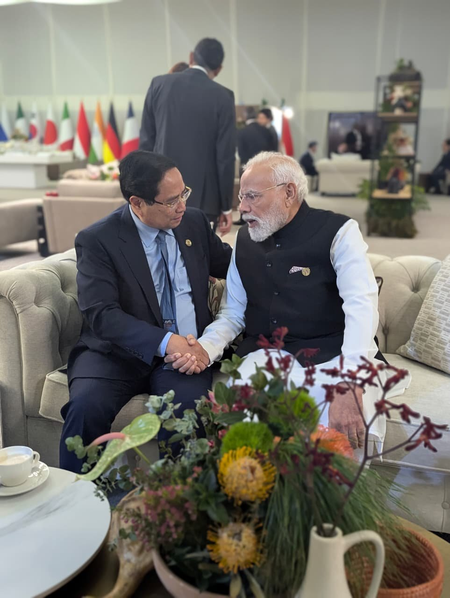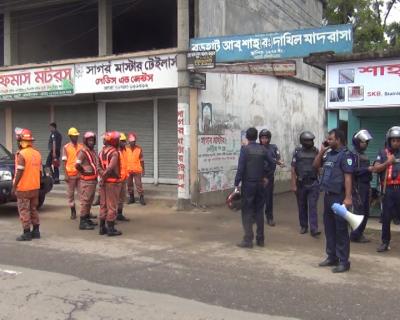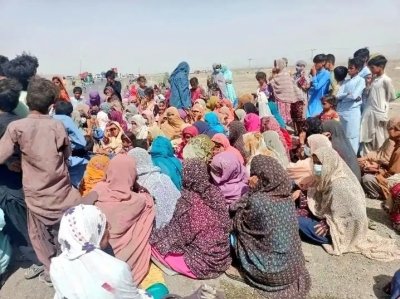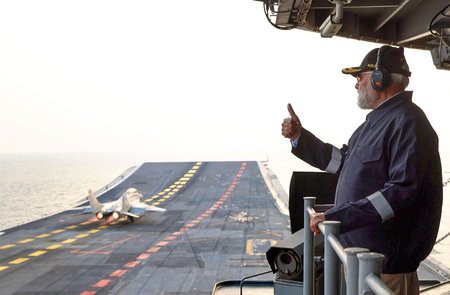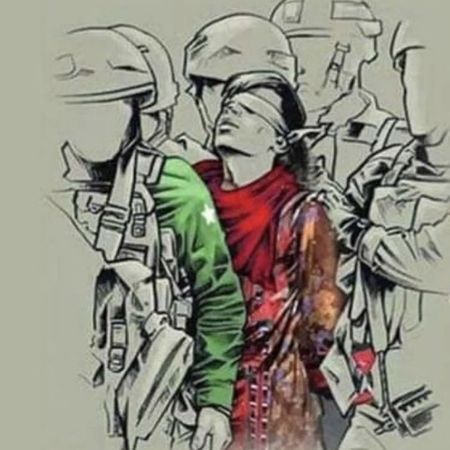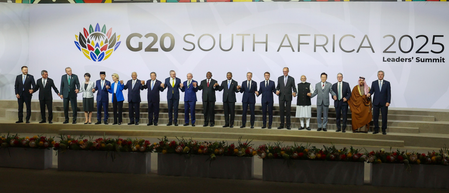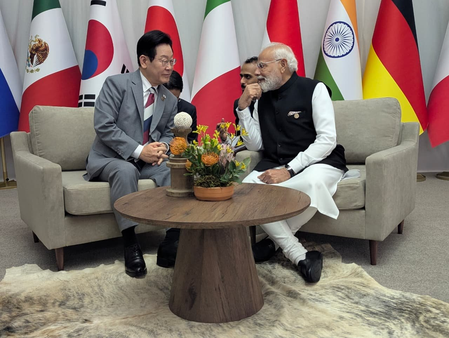Dhaka, Nov 22 (IANS) Bangladesh’s interim government led by Muhammad Yunus has directed the country’s Election Commission to hold a referendum on the same day as the February 2026 elections, the EC Secretary Akhtar Ahmed said on Saturday, local media reported.
Addressing an event on Saturday afternoon, Ahmed said that the EC received a letter from the interim government on Thursday, which instructed the EC to arrange the election alongside the referendum.
“The Cabinet Division sent the letter to the commission, directing it to begin necessary preparations for holding a referendum,” Bangladesh’s leading newspaper, The Business Standard, quoted the EC official as saying.
“We received the letter on Thursday. In the letter, the government has said that holding a referendum will be the EC’s responsibility and also asked the commission to arrange the election alongside the referendum on the same day,” he added.
Meanwhile, Chief Election Commissioner (CEC) A M M Nasir Uddin said that holding the referendum and election on the same day would be challenging for the EC.
“Preparations for the election are already in full swing, but holding the national polls and a referendum on the same day would be a major challenge. Once the law is enacted, we will know what kind of preparations are required for the referendum. After the law is passed, the commission will fully prepare for it,” the CEC stated.
He further said, “Whatever the challenges, the EC will hold the referendum and the national election on the same day. We have no option but to move forward.”
On the other hand, the radical Islamist Party, Jamaat-e-Islami leader Shafiqur Rahman, warned that holding the national election and referendum on the same day could trigger what he described as an “electoral genocide,” while stressing that his party would not provoke any crisis centering the polls.
“We do not view a referendum on election day positively. We have already said that combining the two could pose serious risks to the election,” Rahman said, speaking to reporters at Parade Ground in Chattogram on Saturday.
Last week, Yunus announced that the country would hold an election and referendum simultaneously in the first half of February 2026, local media reported.
Amid the escalating political conflict, the Bangladesh Nationalist Party (BNP) proposes holding the referendum alongside the national elections in February 2026, while Jamaat and other Islamist parties are hell-bent on holding it before the polls.
Bangladesh continues to face growing uncertainty and political turmoil ahead of next year’s election.
The parties that earlier collaborated with Yunus to overthrow the democratically elected government of the Awami League, led by Sheikh Hasina, are now at loggerheads over reform proposals.
–IANS
scor/as

